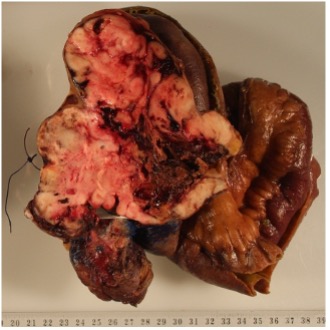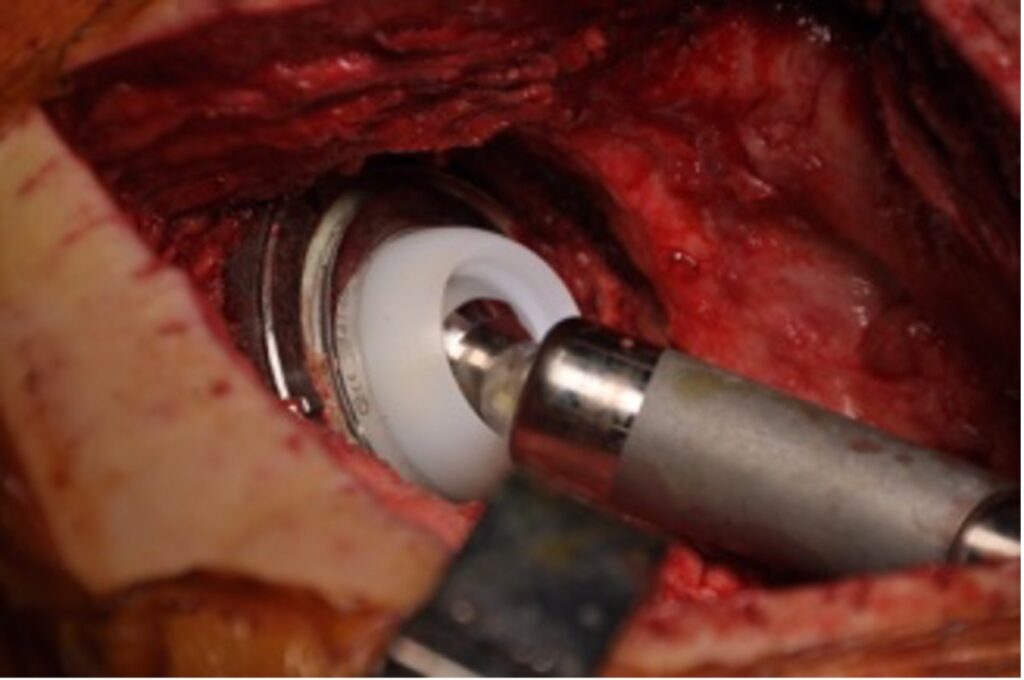SARS-CoV-2 infection and venous thromboembolism after surgery: an international prospective cohort study
Authors: CovidSurg Collaborative, GlobalSurg Collaborative
Site: Barwon Health, VIC
During the pandemic, Dr Lambers joined an international research team called CovidSurg, contributing cases for worldwide comparison and analysis examining topics such as isolation, vaccine effectiveness and safe timing of operations.
This study focused on the risk of blood clots in Covid-19 patients having surgery. Patients hospitalised with Covid-19 face a significantly increased risk of venous thromboembolism (VTE), with estimates suggesting an incidence of 9-31%, especially in critical care settings. VTE includes conditions like deep vein thrombosis (DVT) in the leg and pulmonary embolism (PE) in the lungs. This heightened risk persists despite pharmacological prophylaxis, and there is ongoing debate on the optimal approach to preventing VTE in Covid-19 patients. Some guidelines recommend adjusting prophylaxis doses and durations, though these adjustments may increase bleeding risk.
In surgical patients, the risk of VTE is further complicated by other factors such as immobility, surgical wounds, and inflammation, which are all elevated by Covid-19. Research on how Covid-19 infection impacts surgical VTE risk is limited, with a lack of large-scale studies. Therefore, this study sought to understand the correlation between SARS-CoV-2 and VTE in surgical patients, factoring in the timing of infection, the severity of symptoms, and the type of surgery performed.
This study aimed to measure VTE rates in patients undergoing surgery with current or prior SARS-CoV-2 infection. Data was collected from 128,013 patients across 1630 hospitals in 115 countries. The research found that VTE rates were 0.6% overall, with emergency surgery patients showing higher VTE rates than elective surgery patients. Interestingly, SARS-CoV-2 infection presented an additional risk for VTE in elective surgery patients but had less impact on emergency surgery patients, possibly due to the already elevated baseline risk in emergency cases.




